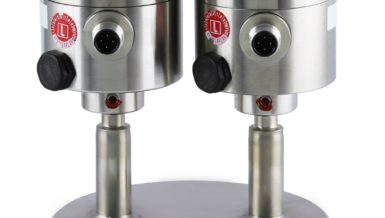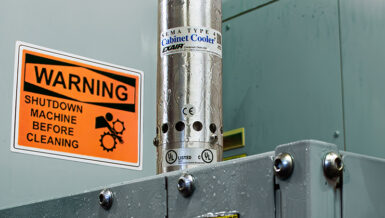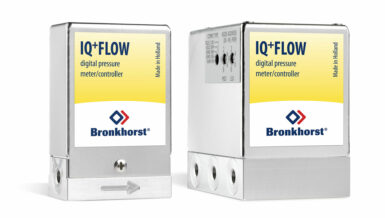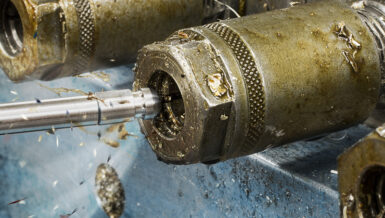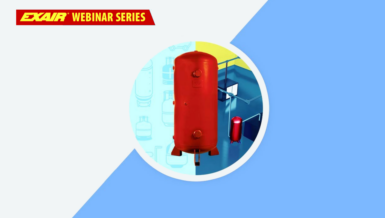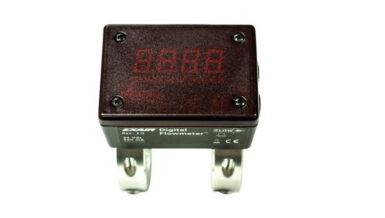For over 20 years the company LABOM Mess- und Regeltechnik, based in the northern German town of Hude, has been making measuring devices for hydrogen applications. Drawn from this experience, LABOM has developed several series of pressure transmitters that can be used in both standardized and application-defined hydrogen processes. The measuring instruments of the PASCAL CV4 and PASCAL Ci4 series as well as COMPACT CA16 cover a measuring range between -1 and 1050 bar, depending on the capabilities of the individual pressure transmitter, can be used down to -40°C and are also certified with Ex protection and some with SIL. Hydrogen-proof stainless steels are used for the wetted parts, as well as polymers suited to hydrogen, such as NBR, EPDM and PVDF.
The hydrogen tool developed by LABOM can be used to assess the resistance of oil-filled measuring devices. This tool determines whether a diaphragm made of hydrogen-proof stainless steel is sufficient or whether additional gold plating is required. The special lattice structure of gold makes it impermeable to hydrogen atoms, but since gold plating is a relatively expensive option, use of the hydrogen tool to determine the most suitable material is recommended.
With the help of the hydrogen tool and the many different process connections offered by LABOM, pressure gauges for hydrogen use can be defined and produced individually





